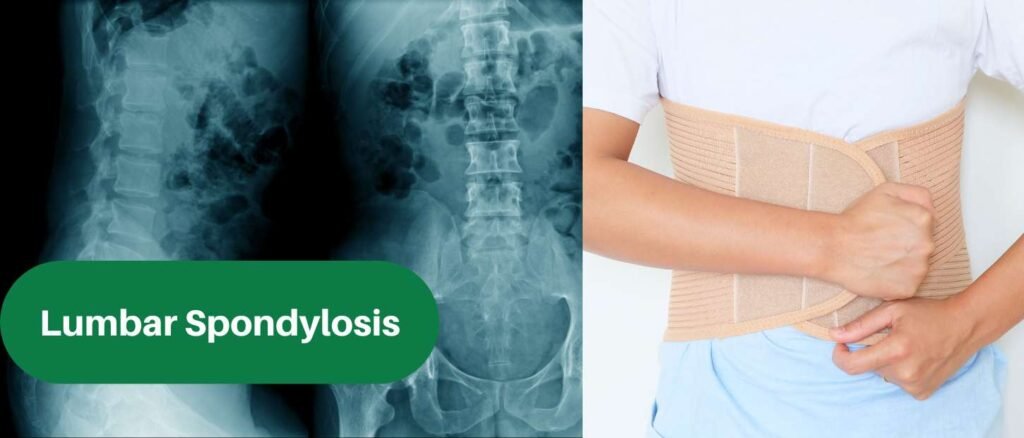Lumbar spondylosis Chiropractic Treatment
Lumbar spondylosis is a common condition that affects the lower back and is typically caused by wear and tear on the spine over time. It can cause a range of symptoms, from mild discomfort to severe pain and mobility issues. In this blog, we’ll explore the causes, treatments, and precautions you can take to manage lumbar spondylosis.
Causes of Lumbar Spondylosis:
Lumbar spondylosis is caused by the degeneration of the intervertebral discs in the lumbar spine, which are the cushion-like structures that separate the vertebrae. As these discs wear down over time, they can lose their ability to absorb shock and protect the spine. This can lead to a number of problems, including:
- Bone Spurs: As the discs break down, the body may respond by forming small bony growths called bone spurs, which can irritate the nerves and cause pain.
- Herniated Discs: When the discs wear down enough, they can begin to bulge or rupture, causing the inner material to press against the nerves in the spine.
- Spinal Stenosis: This is a condition where the spinal canal narrows, putting pressure on the nerves and causing pain.
-
Osteoarthritis: This is a type of arthritis that affects the joints in the spine, causing inflammation and pain.
Lumbar spondylosis Chiropractic Treatment
Based on their findings, chiropractors may use a range of techniques to manipulate the spine and surrounding tissues, which can give relief to lumbar spondylosis chiropractic treatment
- Spinal Adjustment: This involves using gentle force to move the vertebrae back into their proper alignment, which can help relieve pain and improve mobility.
- Soft Tissue Manipulation: This involves using manual techniques to stretch and massage the muscles and other soft tissues surrounding the spine, which can help reduce tension and improve flexibility.
- Electrical Stimulation: This involves using small electrical currents to stimulate the muscles surrounding the spine, which can help reduce pain and improve muscle strength.
- Heat and Cold Therapy: This involves using hot or cold compresses to reduce inflammation and relieve pain.
It’s important to note that while chiropractic care can be helpful for some individuals with lumbar spondylosis, it may not be appropriate for everyone. It’s important to consult with your healthcare provider before starting any new treatment, including chiropractic care, to ensure that it’s safe and appropriate for your individual needs.

